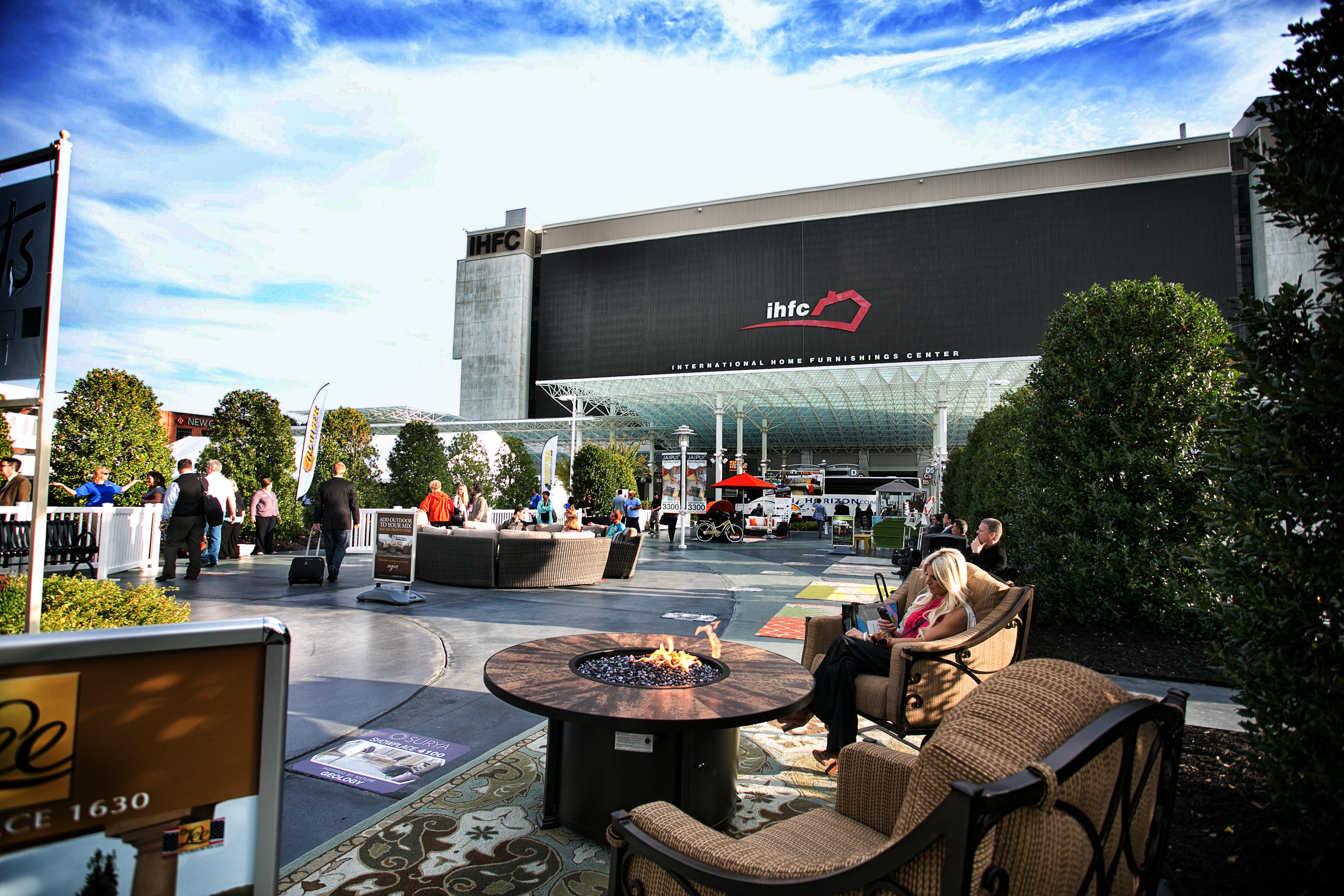It was not a shock that attendance at this month’s High Point Market was significantly reduced, another COVID-related casualty. What was shocking was that many of the supplier exhibitors didn’t really have a problem with that.
Even as the nation’s economy struggles to put itself back together after massive shutdowns in the spring and a slow return to business in the summer, the furniture and home furnishings industry is having an outstanding year. Americans, working from home and no longer traveling for business or pleasure, are shifting huge amounts of their disposable dollars to fixing up and decorating where they live. This trend—combined with product stock shortages created by panic-induced order cancellations earlier in the year; factory shutdowns in China, India and elsewhere in Asia; and volume-driven slowdowns throughout the supply chain—created a seller’s market for most show attendees over the past 10 days.
“We don’t mind not having a lot of customers,” said a sales executive for one larger Asia-based upholstered furniture producer, who, like everyone interviewed for this article, didn’t want to be identified. “Even if we did, we have nothing to sell them.”
“We’re sold out,” said another executive at a good-sized full-line furniture company that also imports its product from Asia.
Even the domestic suppliers, primarily in the upholstery category, said their ship times were extended as they tried to catch up with demand.
It was like that throughout High Point this past week, where registration hovered at 55 percent of normal totals; there is no firm figure yet on how many registrants actually attended, as data from scanned badges is not yet available. On the selling side, Market officials had said to expect some 70 percent of exhibitors to participate; most vendors were indeed open, even if some had unmanned showrooms or temporary spaces encouraging visitors to go online or scan a QR code to connect with them.
The reduced headcount did have some favorable side effects: Parking was plentiful and cheap downtown, reasonably priced hotel rooms were easy to get, and there were no lines at registration, the mandatory health-check stations, or food trucks scattered around the showroom complexes. But there was also not much product available for immediate delivery from the major furniture suppliers.
Earlier this spring, factories across China were shutting down just as many American retailers canceled orders, concerned about excess inventory levels as their stores began to close. Later, Asian factories began to reopen, but ordering was still light as the U.S. economy went into a tailspin, with unemployment rising to levels unseen since the Great Depression.
It was only when retail began to reopen in May and June, the government stimulus program kicked in, and homebound consumers started spending on their houses that the situation turned around 180 degrees. Suddenly, shoppers were buying loads of furniture, home decor and home improvement products—and the supply pipeline couldn’t move fast enough to get merchandise into their hands.
Even though factories in China, Vietnam and elsewhere in Asia have essentially returned to full production, the goods are still not flowing in fast enough to fill the demand. Shipping containers are scarce—and when they can be found, they are often double or triple the price they were a year ago. The shortages even extend to the trucks used to haul containers between the factory and the port.
But beyond that, shipping ports still have not caught up with orders, backing up the supply chain to the loading docks of Asian factories. At least two vendors said their overseas factories have literally run out of space to store goods. Further compounding the situation is the increase in COVID cases in India and other supplier countries, including in Europe. Factories in those areas are believed to have limited capacity for the near term.
The entire situation and the buying conditions—or lack thereof—experienced at High Point Market are yet more unexpected consequences of the global pandemic. Many in the business had projected oversupplies by this time; instead, it’s the exact opposite. It made for a furniture market unlike anything anyone had even seen before—and there wasn’t even free shrimp at showroom parties to help show-goers get through it all.
Homepage photo: A pre-COVID scene outside IHFC at High Point Market | High Point Market Authority
____________
Warren Shoulberg is the former editor in chief for several leading B2B publications. He has been a guest lecturer at the Columbia University Graduate School of Business; received honors from the International Furnishings and Design Association and the Fashion Institute of Technology; and been cited by The Wall Street Journal, The New York Times, The Washington Post, CNN and other media as a leading industry expert. His Retail Watch columns offer deep industry insights on major markets and product categories.





























